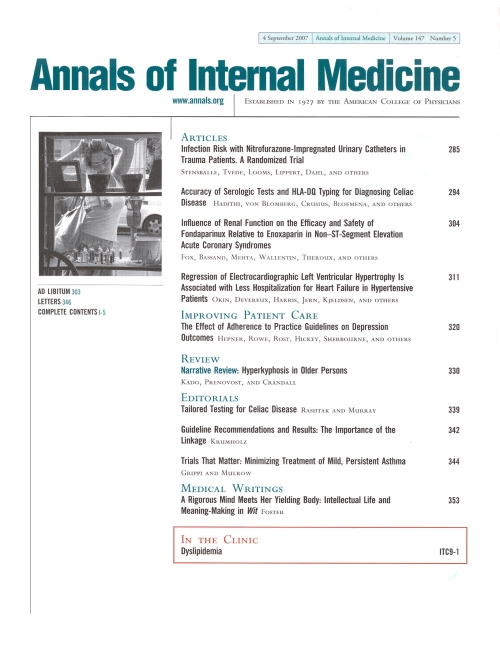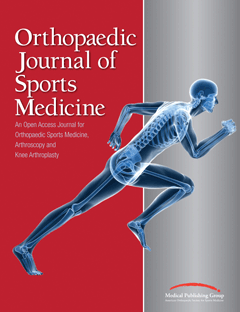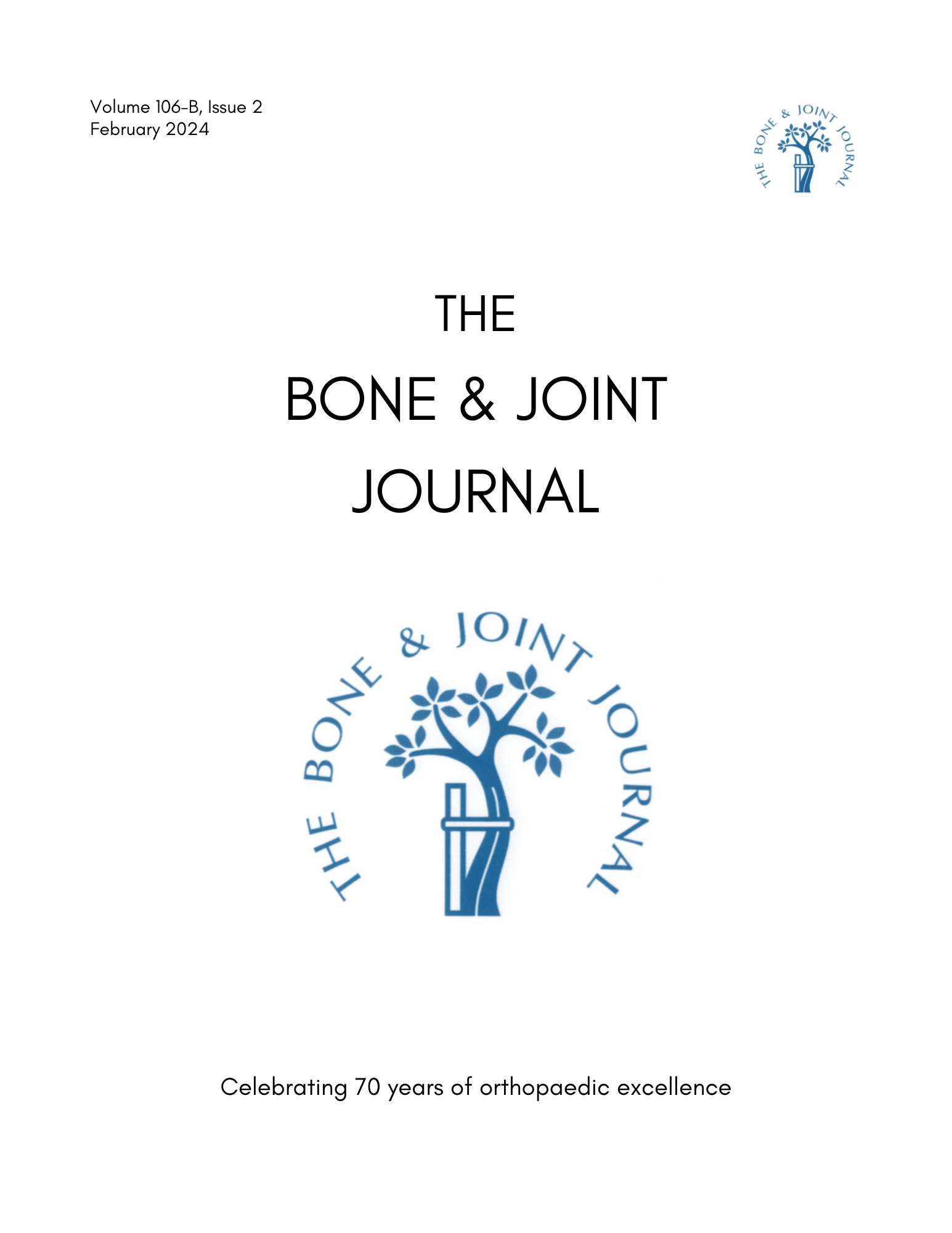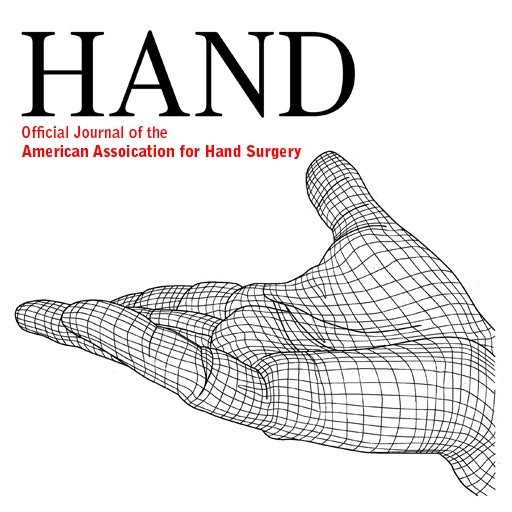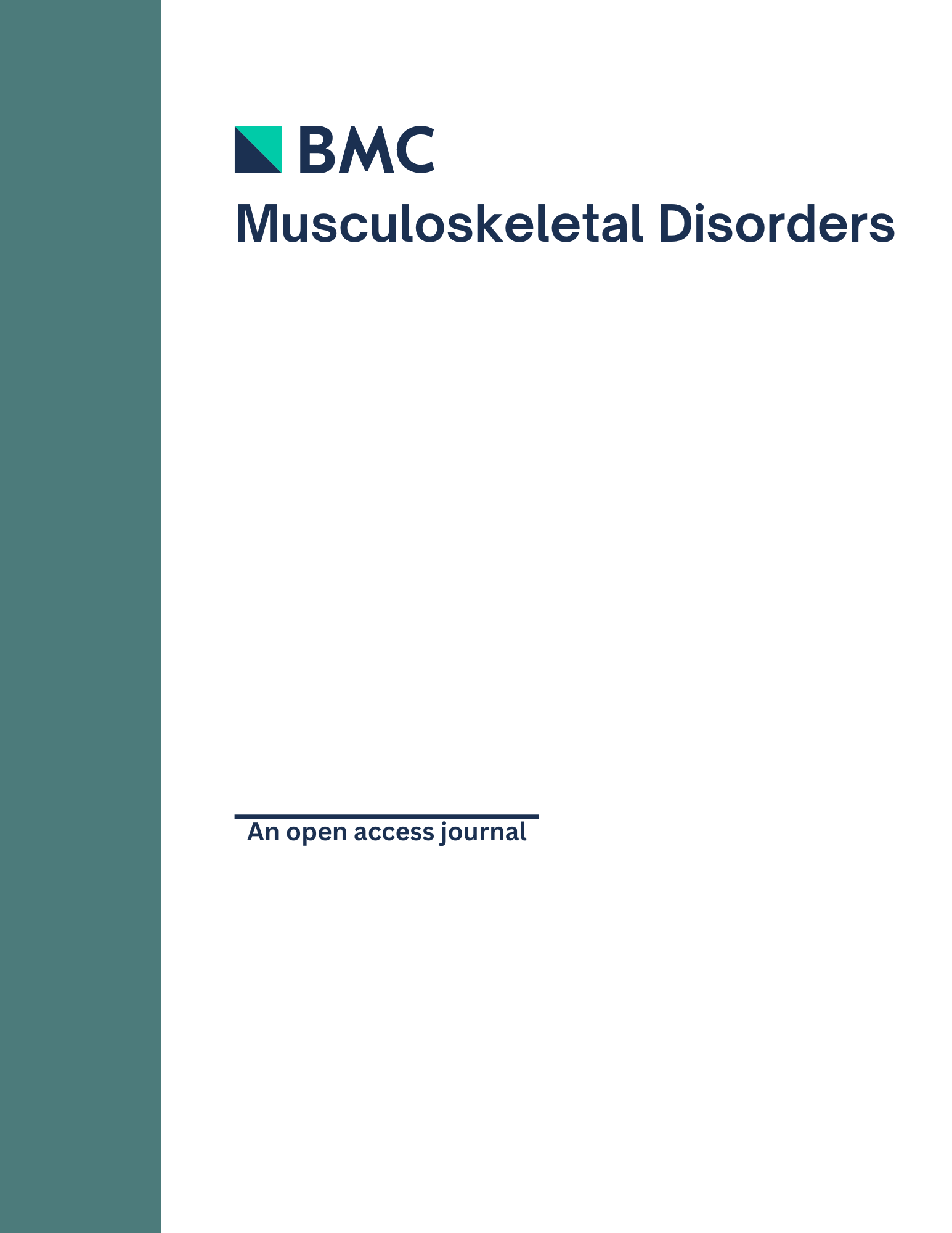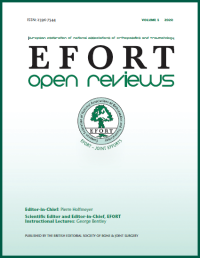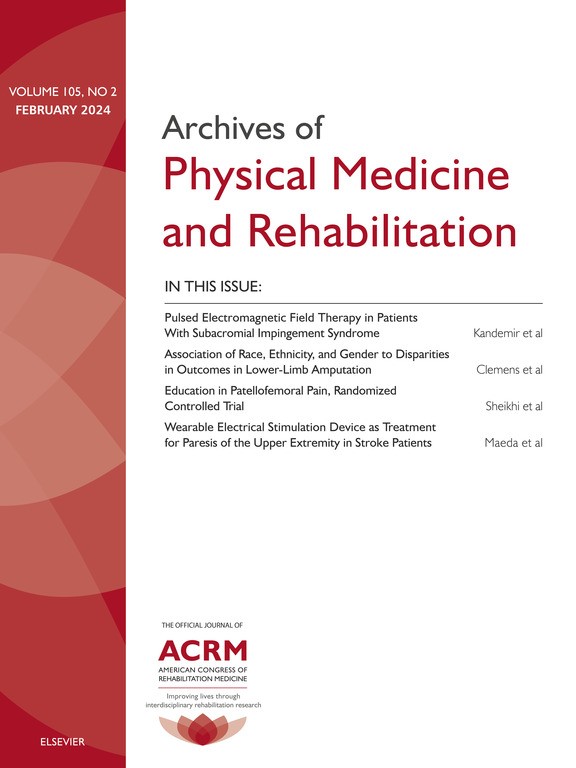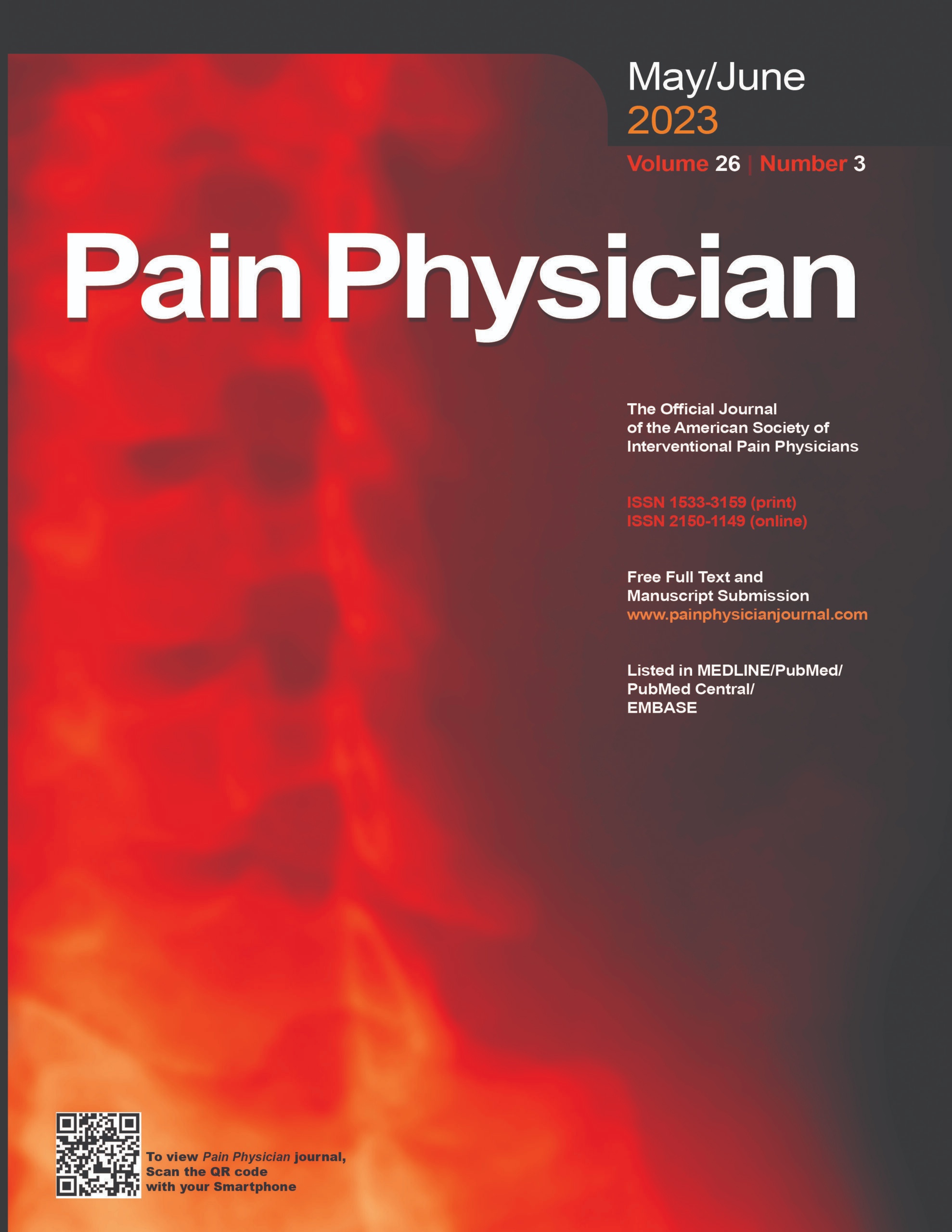PeerView
You are viewing the most viewed ACE Reports by Physiotherapists over the last 30 days in all specialties.
Displaying
100%
Synopsis:
Two hundred and seven studies with 32959 participants were analyzed in this network meta-analysis.The aim of this study was to compare outpatient treatments for managing acute pain from non-low back musculoskeletal injuries.Results revealed that the treatment with the greatest benefit was using topical nonsteroidal anti-inflammatory agents (NSAIDs).Afterwards, oral NSAIDs were beneficial which was followed by acetiminophen with or without diclofenac.The benefits included relieving pain 1-7 days, as well physical functioning , and symptom relief. Moreover, topical NSAIDs demonstrated increase in treatment satisfaction. Fentanyl and acetaminophen...
Read More »
Meta Analysis
Perioperative Blood Flow Restriction Therapy Program After Anterior Cruciate Ligament Reconstruction
①
Synopsis:
Forty-six patients who sustained an anterior cruciate ligament (ACL) tear and were scheduled for reconstruction were randomized into a group receiving either a blood flow restriction (BFR) therapy program (n=22) or a control group without BFR (n=24).The primary outcome of interest was isometric quadriceps strength at 3 months postoperatively, measured as peak and mean torques during seated leg extension exercises and presented as a ratio of the healthy limb.Secondary outcomes included patient-reported outcomes such as pain, knee function, and physical function, knee range of motion, quadriceps circumference and adverse effects.Outcomes were assessed up to 6 months postoperatively. Overall, the study...
Read More »
Level 1 RCT
①
Synopsis:
Two hundred and sixteen patients with advanced osteoarthritis scheduled for primary total knee arthroplasty (TKA) were randomized to receive one of three TKA prosthetic designs from the same system: cruciate-retaining (CR; n=72), anterior-stabilized (AS; n=72), or posterior-stabilized (PS; n=72).The primary outcome of interest was the mean score of all five subscales of the Knee injury and Osteoarthritis Outcome Score (KOOS) measured at a two-year follow-up appointment.Secondary outcomes included individual KOOS subscales, Oxford Knee Score, EuroQol five-dimension health questionnaire, EuroQol visual analogue scale, range of motion, and patient satisfaction.Outcomes were assessed up to two years postoperatively.Overall, patients reported similar levels of pain, function, satisfaction, and general health in all three prosthetic design groups. However, the PS...
Read More »
Level 1 RCT
①
Synopsis:
23 randomized controlled trials (2284 patients) comparing open versus endoscopic techniques for carpal tunnel release in patients with carpal tunnel syndrome were included in this systematic review and meta-analysis.A subgroup analysis was also conducted on single- versus dual-portal endoscopic treatment.The primary outcomes of interest included complication and reoperation rates.Secondary outcomes included operative time, the incidence of scar tenderness and pillar pain, normalized satisfaction scale, the incidence of complete or near complete symptom relief, Boston Carpal Tunnel Questionnaire (BCTQ) symptom and function, and time to return to work.All outcomes were similar between the two groups except for time to return to work and incidence of scar tenderness (dual-portal vs open) which all favored the endoscopic group.The incidence of nerve injury was significantly lower in the open-technique group. Overall, the endoscopic...
Read More »
Level 1 Meta Analysis
①
Synopsis:
A total of sixty-one patients with posterolateral tibial plateau fractures (PTPF) were randomized to receive either conventional surgery (n=30) or surgery using personalised 3D printing technology (n=31).The primary outcome of interest was operative time.Secondary outcomes included intraoperative blood loss, intraoperative fluoroscopy shots, radiographic outcomes, functional outcomes, and fracture complications, assessed 12 months postoperatively. Overall, the study...
Read More »
Level 1 RCT
①
Synopsis:
A total of five randomized controlled studies including 181 patients undergoing arthroscopic surgery for degenerative arthropathy of the knee were included in this systematic review and meta-analysis comparing the addition of intra-articular hyaluronic acid (HA) immediately after surgery (Treatment A, n=181) vs.placebo or no additional treatment (Treatment B, n=182).Pooled outcomes of interest included postoperative pain using the visual analog scale (VAS), and functional recovery using the Western Ontario and McMaster University Osteoarthritis Index (WOMAC) score, International Knee Documentation Committee (IKDC), Tegner score, and Lysholm score.There was no statistically significant difference in pain relief and functional outcomes between both groups.Therefore, the addition of HA immediately after surgery provided no discernible benefit to pain relief or knee function.
Read More »
Level 1 Meta Analysis
②
Synopsis:
60 patients with dominant-hand thumb carpometacarpal osteoarthritis (OA) were randomized into two groups to measure the effects of either radial nerve mobilization treatment or a nontherapeutic placebo treatment on pain sensitivity and pinch strength. At 2 months follow-up, patients who underwent radial nerve mobilization experienced a decrease in pain sensitivity in the trapeziometacarpal joint and an increase in tip and tripod pinch strength.
Read More »
Author verified Level 2 RCT
②
Synopsis:
A total of 25 studies (randomized controlled trials and cohort studies) were included in this systematic review and meta-analysis investigating mobilization and weight-bearing following open reduction and internal fixation of ankle fractures.The purpose of this study was to examine the effectiveness of different postoperative rehabilitation protocols. The results of...
Read More »
Author verified Level 2 Meta Analysis
①
Synopsis:
Fifteen studies involving a total of 353,169 patients undergoing knee or hip arthroplasty were included in this meta-analysis.Among them, 156,405 patients received Spinal Anaesthesia (SA), while 196,764 patients underwent General Anaesthesia (GA).The primary outcome assessed was the incidence of Postoperative Surgical Site Infections (SSIs).Outcomes were evaluated up to 30 days post-surgery. This meta-analysis reveals...
Read More »
Level 1 Meta Analysis
①
Synopsis:
64 patients with primary frozen shoulder (adhesive capsulitis) were randomized to receive either a multisite (rotator interval, intraarticular, and subacromial bursa) triamcinolone injection (MCI; n=32) or a single-site triamcinolone injection (SRI; n=32).The primary outcomes of interest include range of motion in shoulder flexion, abduction, external and internal rotation and pain on a Visual Analog Scale (VAS).Secondary outcomes included patient satisfaction, American Shoudler and Elbow Surgeons (ASES) scores, Contant-Murley Score (CMS), and the incidence of palpitations.Range of motion in flexion, abduction, internal rotation at 8 weeks, ASES scores, CMS scores, and VAS pain at 4 & 8 weeks were all significantly better in the MCI group compared to the SRI group. All other outcomes...
Read More »
Level 1 RCT




 LOGIN
LOGIN


